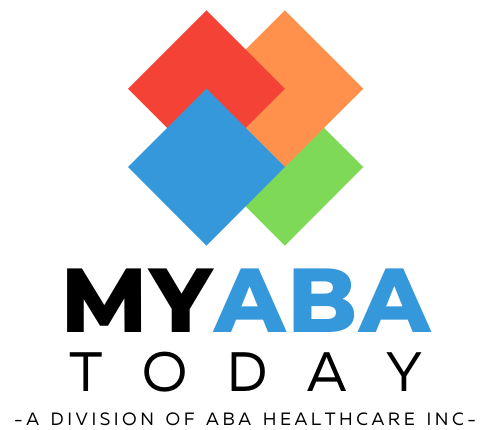Behavior Analysts (#bcba) stay true to our science, and make the biggest impact on our clients’ lives, by following the 7 Dimensions of Applied Behavior Analysis (#aba). This is the 3rd article in a series of 8. Previously, I summarized the 7 dimensions and wrote about generality (links below). In this article, I elaborate on the behavioral dimension of ABA.
Staying true to the behavioral dimension of ABA means we work with our clients on behaviors that are observable and measurable. Upon initiating services, BCBAs observe their clients in the natural setting. This enables the practitioner to create operational definitions for behaviors targeted for change. Those operational definitions enable all practitioners working with the client to record behavior as it occurs. Once the behavior is recorded, it can be measured. Measuring behavior enables us to see behavior change over time, and determine if behaviors are improving as a result of our program implementation. This provides the quantifiable data to make decisions that improve the lives of our clients!
It is important for me to mention that just because we focus on observable and measurable behaviors, this does not mean that we dismiss our client’s feelings or thoughts. I have been in multiple situations where behavior practitioners call me out for using words such as: “feelings” & “emotions”. People are affected by their external and internal environments. I often teach my Registered Behavior Technician (#rbt) students about setting events – basically anything prior to therapy that can affect our client (e.g. sleep, meds, family issues, illness, etc.). Our formal training empowers us to focus on external/observable behaviors and target them for change, but we must not ignore the fact that internal processing affects external/observable behaviors. Acknowledging and validating is an important skill to cultivate!
Our clients are human (and sometimes animals, but that is another topic). In the event that our client’s internal processing affects their observable behaviors to an extent that behavior change programming is not effective, we must inform someone to seek help from a professional formally trained in this. We must be brave and humble enough to know where our job ends and another’s begins. Simply dismissing this as out of our scope and ignoring it as a non-behavior is abusive and detrimental.
Overall, the goal of ABA is to empower our clients to improve their detrimental behaviors getting in the way of living their best life. We do this best when bound to the 7 Dimensions of Applied Behavior Analysis – a simple guide with monumental impact.
Stay tuned for the remaining articles in the series. In the next one, I cover the applied dimension of ABA.
If you missed any articles in the series, you can find them here: The Amazing Capabilities and Limitless Reach of Behavior Analysts; Generality – One of Seven Elements for Limitless Behavior Analytic Reach.
Read Original Post on AppleTree Connection









